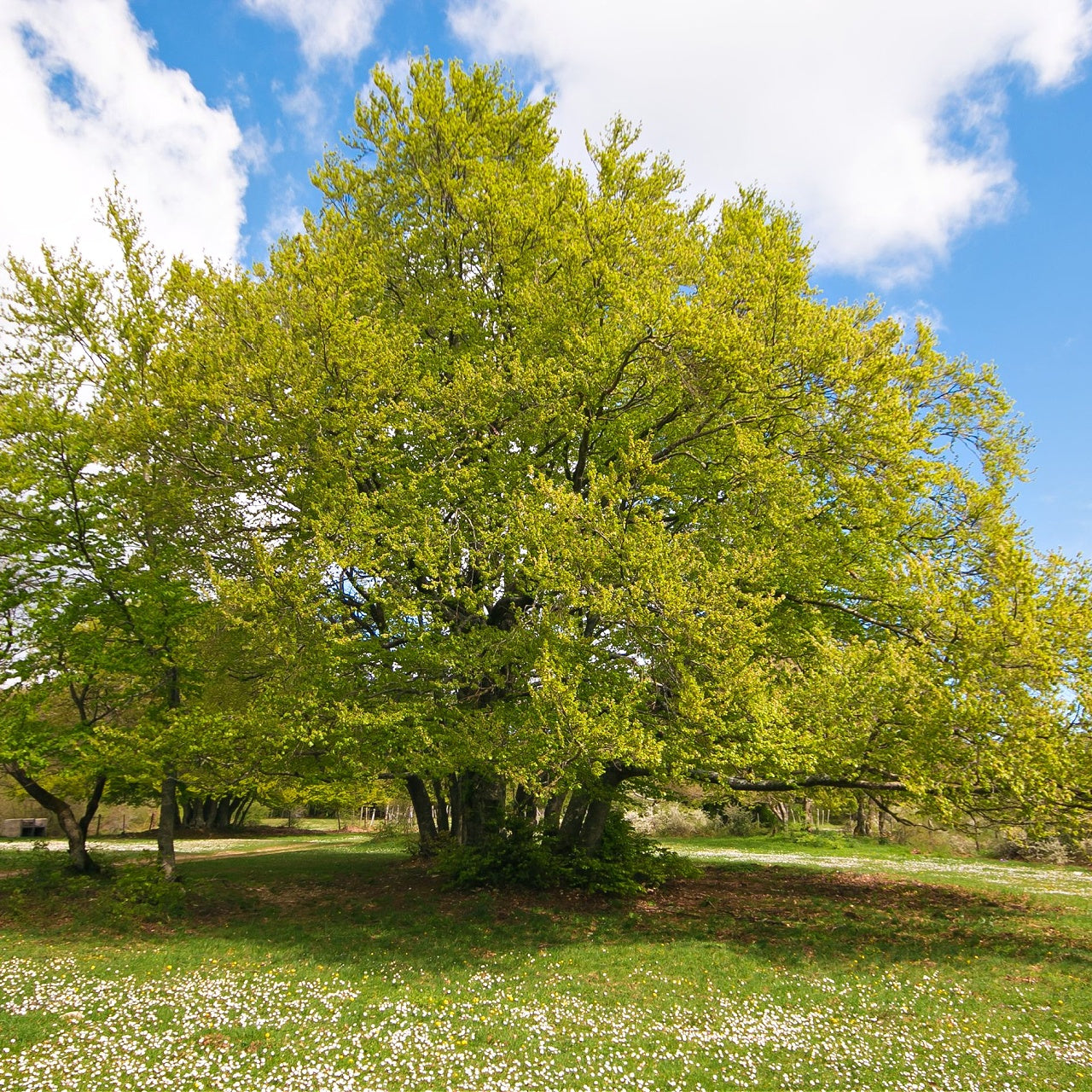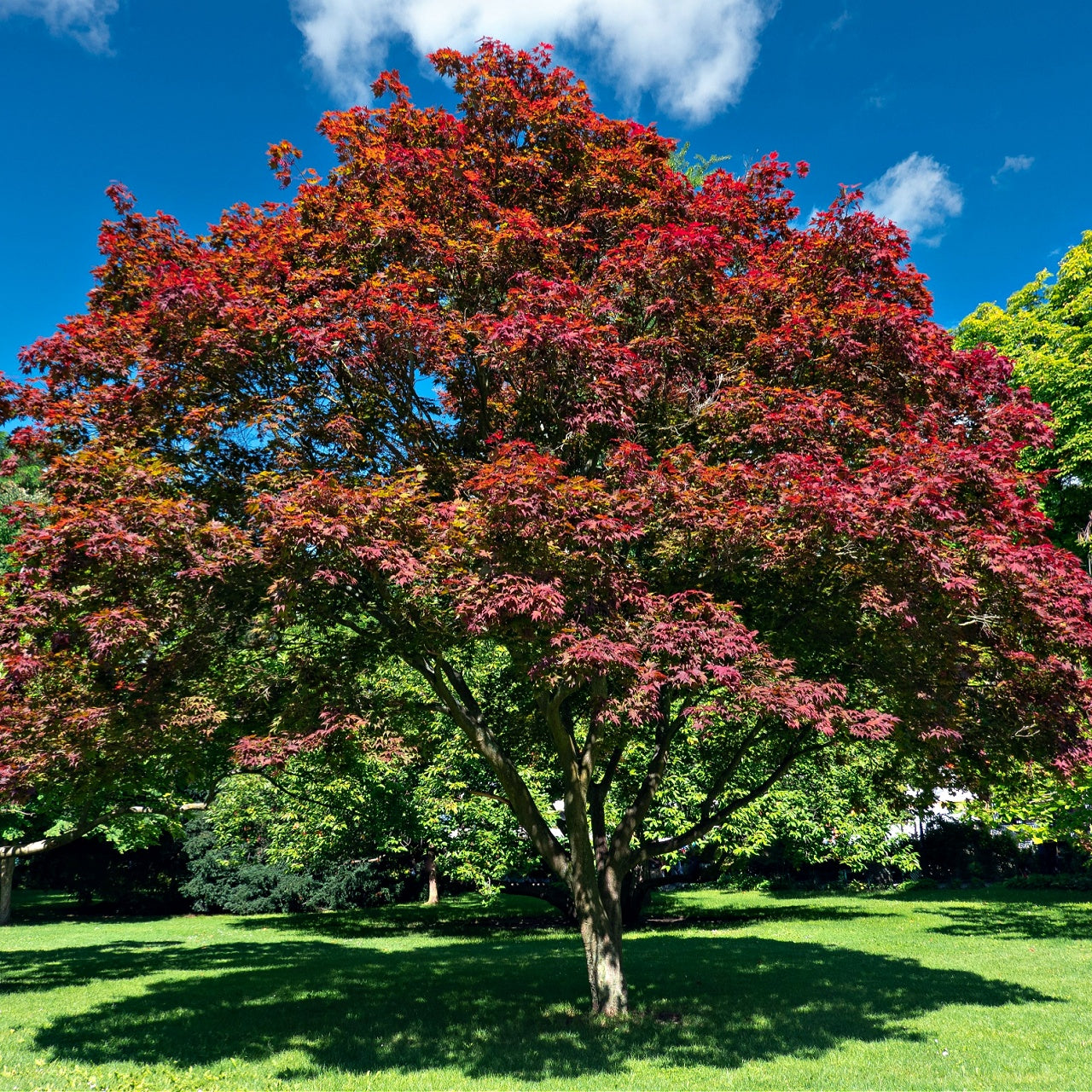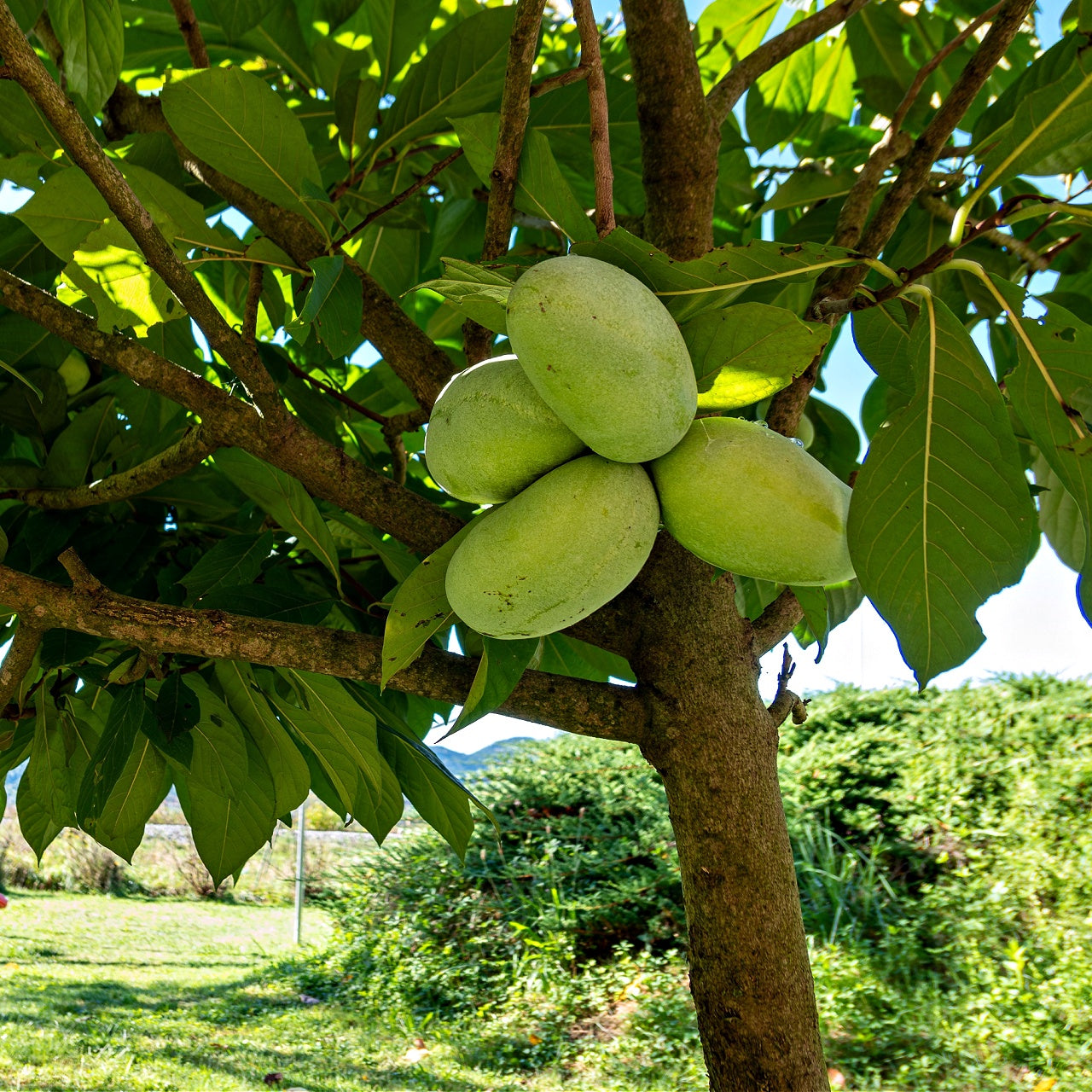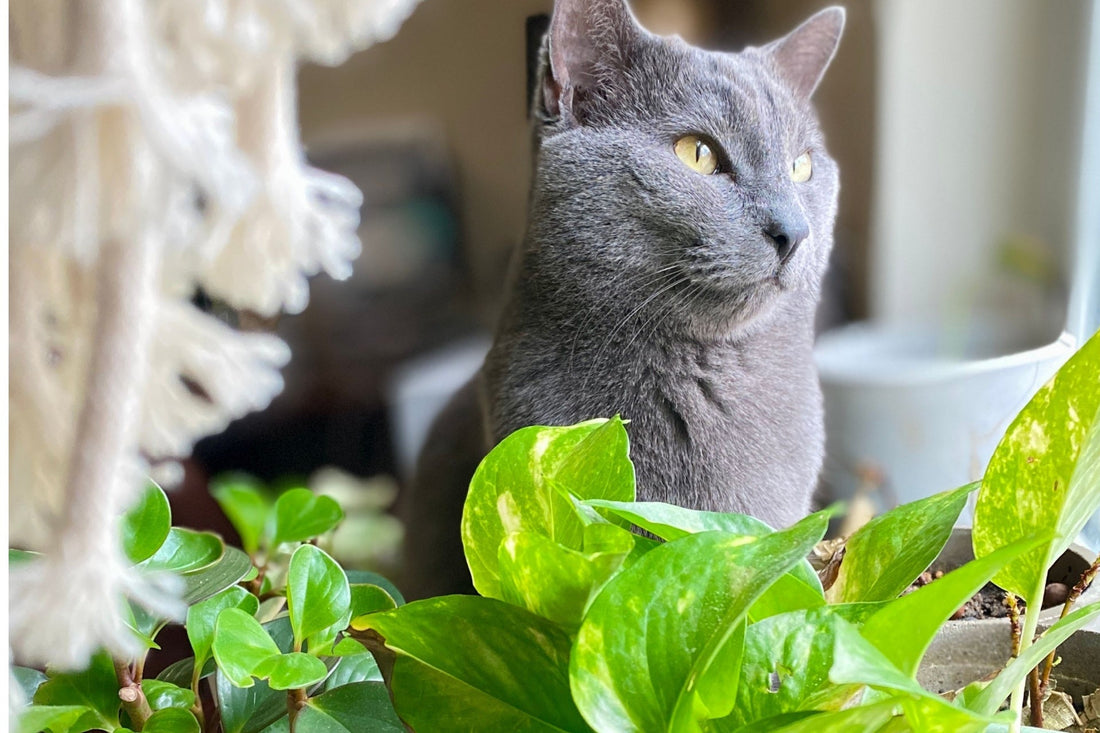
Are Pothos Toxic to Kitty Cats
Are Pothos Toxic to Kitty Cats
Are Pothos Toxic to Cats? Understanding the Risks of This Popular Houseplant
Many households now commonly grow pothos plants because their trailing vines are simple to maintain. Plant enthusiasts find pothos plants especially attractive because they can grow in dim light conditions and survive with minimal care. Cat owners must consider whether pothos plants are toxic to their pets. The answer is yes because pothos ingestion leads to significant health risks, though it is not usually lethal. Pet owners can protect their cats from pothos toxicity by learning about its poisonous nature and identifying poisoning symptoms while seeking safer plant options.
The scientific name of pothos is Epipremnum aureum, which contains insoluble calcium oxalate crystals. The needle-like structures found on the leaves and stems of this plant produce severe irritation when animals chew or ingest them. Cats who chew on pothos leaves will instantly feel mouth irritation, excessive drooling, and pawing at their mouth while swallowing difficulties. Some cats' bodies respond to irritation by triggering vomiting to remove the offending substance. During severe reactions, swelling of the mouth and throat can produce breathing problems, but such life-threatening situations occur infrequently. Pothos must be stored away from cats since their natural curiosity and tendency to chew plants can result in accidental poisoning.
Although pothos plants are often found in homes, they remain a potentially dangerous substance for pets. Pet owners usually remain unaware that their cats have chewed on a plant until the first symptoms emerge. A cat displaying distress symptoms after contact with pothos needs urgent attention. Begin treatment by removing plant debris from the cat’s mouth and washing it with water to minimize irritation. Milk or yogurt may assist in neutralizing the crystals but should only be given with veterinarian consent. Immediate veterinary attention becomes essential if symptoms persist or become more severe. Veterinary treatment typically requires the administration of fluids, pain medication, and observation for any arising complications. The sooner a cat receives medical attention, its reaction will be less serious.
Keeping Cats Safe from Pothos: Precautions and Safer Houseplant Alternatives
Cats remain safest when you prevent them from contacting pothos plants. Despite the apparent safety of hanging baskets and high shelves, they fail to keep cats from reaching dangerous areas because cats excel at climbing. The best way to ensure cat safety from pothos plants is by eliminating them from all places cats can reach. If you find it hard to give up your favorite pothos plant, you can relocate it to a room your pets cannot access. Leaves and vines that fall to the ground remain hazardous, so completely removing them remains the safest method.
Indoor plant enthusiasts concerned about their cat's safety can choose from numerous non-toxic houseplants that deliver beauty and eliminate danger. Spider plants (Chlorophytum comosum) provide cascading leaves like pothos but remain completely non-toxic to pets. Boston ferns (Nephrolepis exaltata) deliver a full lush appearance and have no toxicity for cats. The parlor palm (Chamaedorea elegans), alongside calatheas (Calathea spp.) and prayer plants (Maranta leuconeura), function as safe plant options for households with cats. These plants enhance home appearance while improving indoor air quality, which makes them valuable for any home.
Understanding natural cat behaviors helps prevent undesirable plant interactions. Cats often chew on plant leaves when they become bored or driven by curiosity. Providing cats with sufficient enrichment through interactive toys, scratching posts, and climbing structures decreases their chances of turning to plants. Pet-safe grass options such as wheatgrass or oat grass are suitable outlets for cats to express their natural grazing behaviors. Pet owners who fulfill their pets' needs while providing safe options can stop them from eating dangerous plants.
Native Plants That Are Safe and Beneficial for Cats and the Environment
Numerous houseplants endanger cats, yet numerous native plants serve both environmental purposes and remain safe for pets. Opting for native plant species instead of exotic ones supports local wildlife populations while enhancing biodiversity and establishing a more harmonious landscape. Cat-safe native plants offer safe greenery for home environments without the risk of toxic effects.
The wild strawberry (Fragaria virginiana) is a native plant that proves safe for cats. Wild strawberry (Fragaria virginiana) generates edible fruit and is an appealing ground cover. Blue vervain (Verbena hastata) is a native flowering plant that helps attract pollinators to gardens. Virginia creeper (Parthenocissus quinquefolia) makes an excellent alternative to pothos for those who desire dense foliage plants. This plant looks like a toxic ivy species but poses no danger to cats and functions as indoor foliage when grown under controlled conditions.
As top options, aromatic plant enthusiasts should consider catnip (Nepeta cataria) and catmint (Nepeta mussinii). These plants are entirely safe for cats while serving as natural enrichment because they provide safe chewing and rubbing surfaces. Goldenrod (Solidago spp.) and Joe-Pye weed (Eutrochium purpureum) serve as native plant options that offer late blooms for pollinators and have no negative effects on cats.
Native plants cultivated indoors or outdoors deliver environmental advantages while enhancing visual appeal. Native plants need minimal upkeep because their adaptation to local environments eliminates the need for extra watering or fertilization. The presence of native plants draws in helpful insects, including bees and butterflies, that play a vital role in ecosystem support. Native non-toxic plants are excellent substitutes for dangerous houseplants such as pothos for cat owners who wish to develop a safer and greener living environment.
Despite its popularity as a houseplant, pothos is dangerous to homes with cats because of its poisonous nature. Though ingestion of pothos is not typically deadly, it generates significant discomfort and distress. Feline safety depends on keeping pothos plants out of reach and understanding poisoning symptoms so appropriate responses can be made during emergencies. People who desire indoor plants can still support their greenery needs through various non-toxic options, including safe houseplants and native plant species that provide aesthetic appeal without posing risks. Houseplant selections made with knowledge will help cat owners maintain a secure and delightful atmosphere for themselves and their pets.
Products from the Article
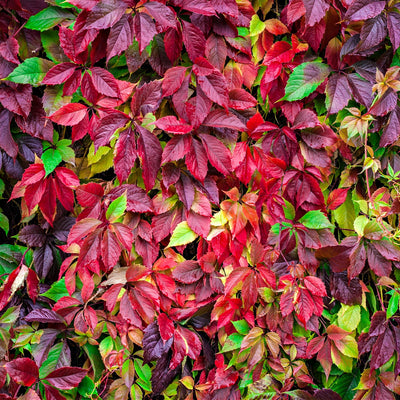
Virginia Creeper






